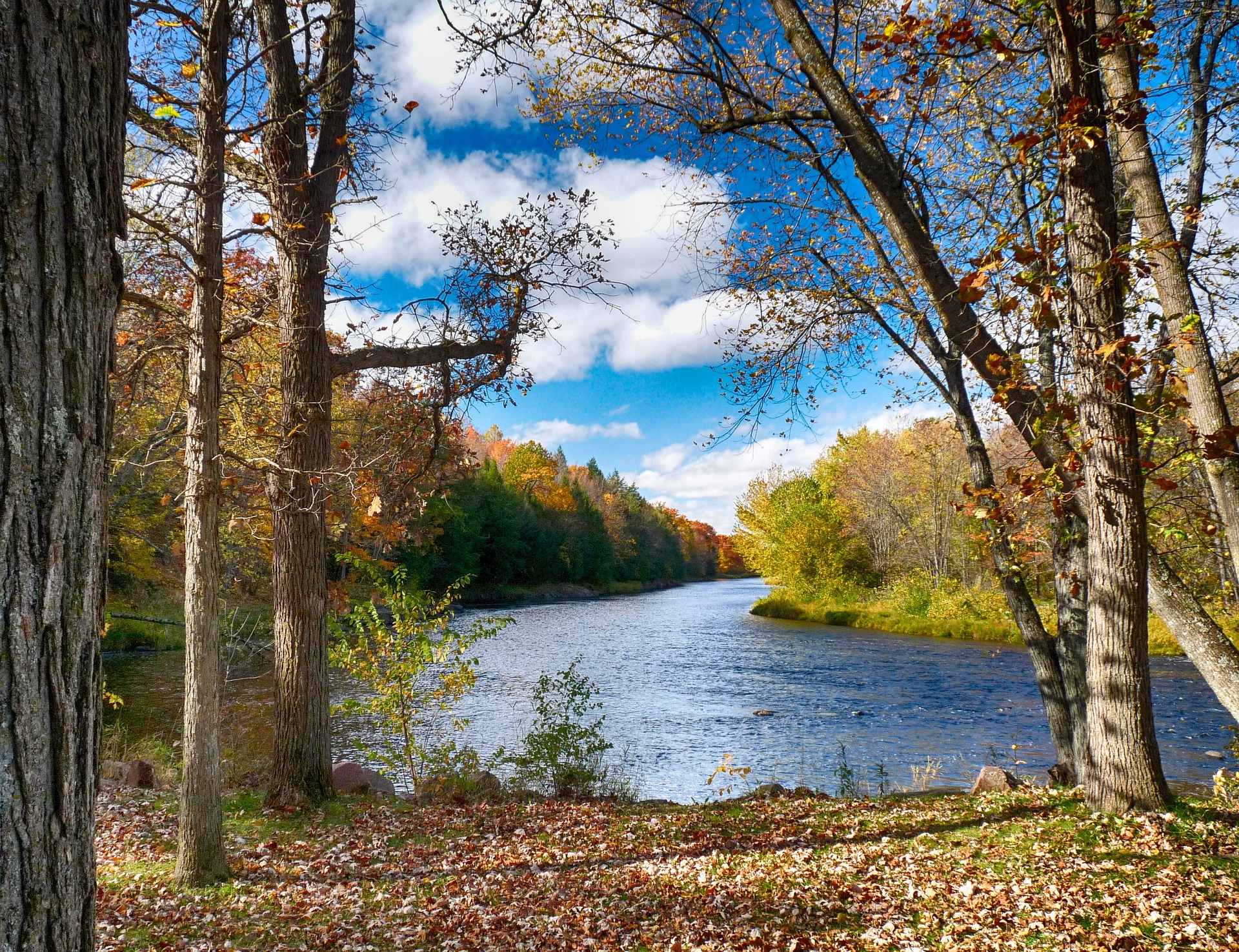Solicita ahora para formar parte de nuestra próxima grupo de Becados en Ciencia científicos comunitarios y líderes comunitarios.

Image by David Mark from Pixabay.
PFAS contamination has been detected in the shallow water aquifer beneath the Town of Campbell and French Island. This contamination affects the private wells and groundwater for the 4,300 residents and 50+ businesses in the area. We seek to conduct a hydrogeomorphic study of the aquifers and connectivity as well as create a risk MAP (mapping analysis and planning), with the goal of determining a long-term solution to the water contamination problem
The Town of Campbell is an independent municipality situated on a roughly 4 square mile island hugged by the Mississippi River/Lake Onalaska on the west and Black River to the east.
We are located in West Central Wisconsin bordering Minnesota. We have 4,300 residents in roughly 1,600 households. The City of La Crosse (a separate municipality) owns parts of the island including the Municipal Airport which is believed to be the source of PFAS contamination (due to use of AFFF).
The community would like to learn about the underlying hydrogeomorphic structure (including the aquifer system) to estimate the extent of PFAS contamination and where it may spread. This information will be used to identify a safe long-term water supply for the residents and businesses located on French Island.
The last research on the hydrogeomorphic structure beneath the island was conducted by USGS approximately 20 years ago. 99% of the residents currently draw water via private wells from the shallow sand and alluvial aquifer roughly 75-120 feet below grade. The deep aquifer is the Mount Simon (approximately 150-300 ft below grade) and extends roughly 100 miles in this area. In some regions, the Mount Simon aquifer is constrained by the Eau Claire bedrock formation which has some overlaying aquitard features. Some PFAS tests at the same location in December 2020, April 2021, and October 2021, show variations in PFAS detection levels ranging from 10 ppt in winter to 22 ppt in spring. Initial results show significant variability across the island as the river elevations change. Currently, we have data for more than 555 tests, which are mapped by address. Previously well depth did not correlate to levels of PFAS. We would like to additionally compare them by water elevation levels and season.
We seek a hydrogeomorphic modeling study to better understand the directional flow, rate, and impact of PFAS in the aquifer system and to link the water elevations at the time they were tested to variations in PFAS detection levels. Since the Town of Campbell and French Island are hugged by two rivers (the Mississippi on the West (with Lake Onalaska) and the Black River on the east) we need to find out how water levels/elevations of the rivers affect the ground water table and the flow direction. Additionally, little research has been done to study the deep Mount Simon aquifer, and many questions remain including: 1.) Does the Eau Claire layer still exist beneath the Town of Campbell and French Island? If so, to what extent? 2.) How does the Eau Claire layer impact the Mount Simon aquifer, and has erosion impacted its protective characteristics? 3.) Could contamination from the shallow aquifer migrate to the Mount Simon aquifer? The answers to these questions will help the Town of Campbell make important decisions regarding the long-term safe water solutions. 4) Is there a level at which wells could be placed to avoid contaminated groundwater flow?
Note: Opportunities for additional related projects in the Town of Campbell, WI exist for future studies including method development for detecting PFAS contamination for more samples at lower costs, PFAS depuration in animal tissue, experiments detecting short-chain hydrophilic PFBA, etc.
Mid-July: USGS national tap water study presentation
August: Goal – Updated water agreement between Town of Campbell and the City of La Crosse removing annexation from future long term water solutions.
CYE 2023 long term solution development based on research of hydrogeomorphic studies of Mt. Simon and EC formation.
Lee Donahue – Town of Campbell Supervisor 2 Health, Education and Welfare. Town lead.
Mike Davy – Chairman Davy Engineering
Mark Gaikowski- Center Director USGS UMESC
Anna Hess – Asst. Center Director USGS UMESC
Michael Cardiff – UW Madison Department of Geoscience
Christopher Zahasky – UW Madison Department of Geoscience
Erin Cunningham – AGU thriving earth exchange fellow, Postdoctoral researcher at University of Wisconsin Madison
(c) 2024 Thriving Earth Exchange